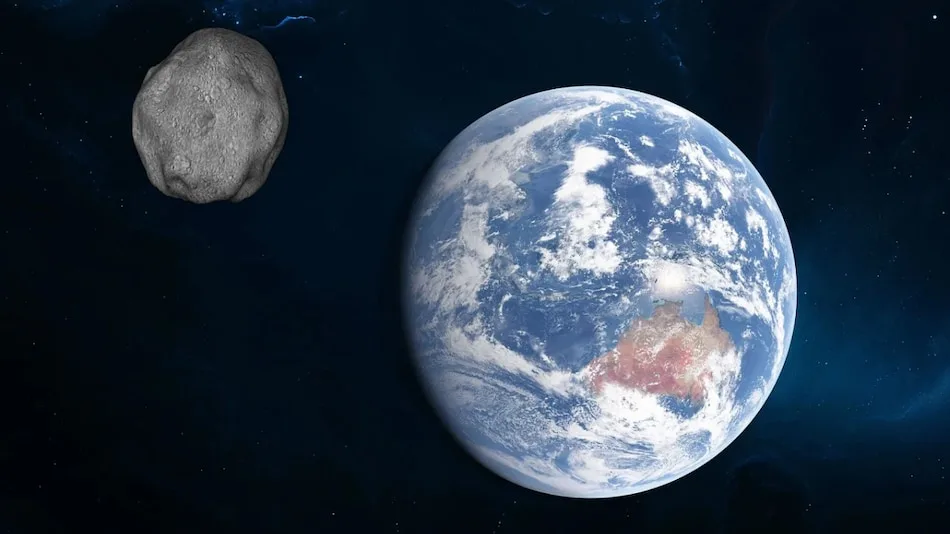Table of Contents
Nuclear X-rays Could Deflect Asteroids and Protect Earth, Study Suggests
Scientists propose using nuclear X-rays to push asteroids away from Earth.

Photo Credit: pixabay/ urikyo33
Illustration of a large asteroid headed towards Earth.
Highlights
- Nuclear X-ray bursts could redirect asteroids
- Study uses Sandia’s Z Machine for deflection tests
- Asteroid deflection critical for future planetary defence
Scientists have found that nuclear explosions could help protect Earth from asteroid impacts — not by destroying asteroids — but by using X-rays to nudge them off their path. A new study from Sandia National Laboratories suggests that detonating a nuclear device near an asteroid could generate X-rays strong enough to vaporize part of its surface, creating a force that could deflect its course.
Testing Asteroid Deflection with X-rays
The concept was tested using Sandia’s Z Machine, the most powerful X-ray source on Earth. By generating a burst of X-rays similar to those from a nuclear explosion, researchers were able to simulate the conditions that an asteroid would experience. The experiment successfully demonstrated how these intense X-rays could vaporize surface material from the asteroid, pushing it in a new direction.
Simulating Asteroid Deflection in the Lab
For their experiments, the researchers used quartz and silica targets, materials commonly found in asteroids. They hung the targets in a vacuum and exposed them to powerful X-rays, which generated a vapour plume that caused the targets to accelerate. This simulated the effect of an asteroid being hit by X-rays in space. The targets reached speeds of around 155 mph, showing that the concept is viable in real-world conditions.
- Could black holes be just “frozen stars”? New research suggests a rethink
A Potential Tool for Planetary Defence
Scaling these results to a larger scenario, a nuclear explosion a mile above a 2.5-mile-wide asteroid could generate enough force to prevent it from striking Earth. This strategy could be especially useful for deflecting massive asteroids that pose a global threat, like the one responsible for the dinosaurs' extinction. Understanding how different asteroid materials react to X-rays is key for future missions to prevent catastrophic impacts on Earth.
In conclusion, this innovative approach offers a promising new method for planetary defence, with nuclear X-rays potentially safeguarding our planet from cosmic dangers.
- Mathematicians Uncover Soft Cells, a New Class of Shapes in Nature
- Did Gladiators Really Fight to the Death? Here’s What You Need to Know

